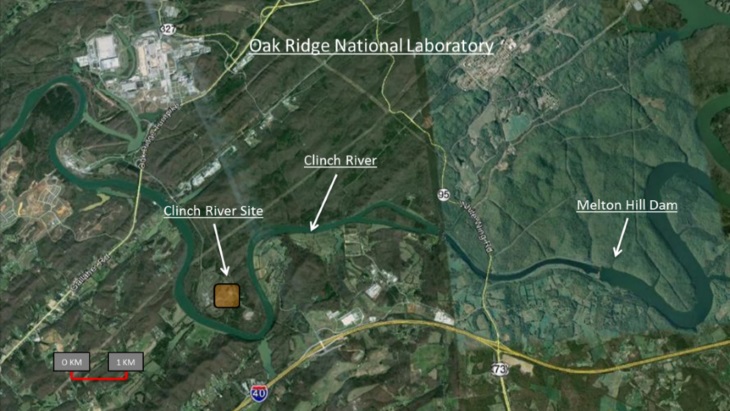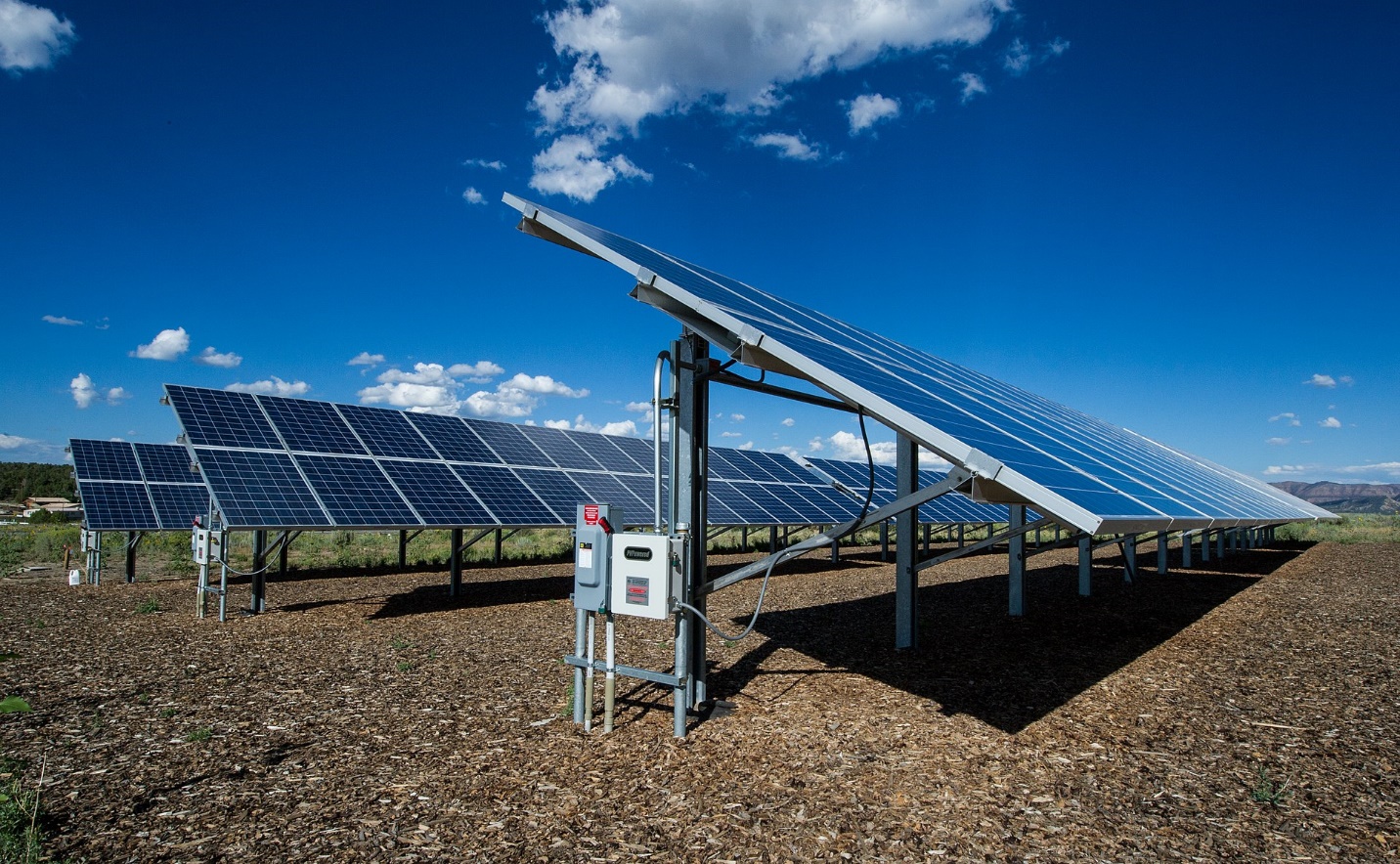NRC report updates decommissioning cost guidance
The Nuclear Regulatory Commission has updated its guidance for nuclear power plant owners and operators in estimating the cost of decommissioning their reactors. Licensed power reactor operators are required under NRC regulations to annually adjust the estimated costs (in current year dollars) of decommissioning their plants to ensure that adequate funds are available when needed.
NUREG-1307, Revision 18, Report on Waste Burial Charges: Changes in Decommissioning Waste Disposal Costs at Low-Level Waste Burial Facilities, issued on February 3, explains the formula acceptable to the NRC for determining the minimum decommissioning fund requirements for nuclear power reactor licensees. Specifically, NUREG-1307 provides the adjustment factor and updates the values for the labor, energy, and waste burial escalation factors of the minimum formula.


 A film titled
A film titled 

 A recent article from
A recent article from 
